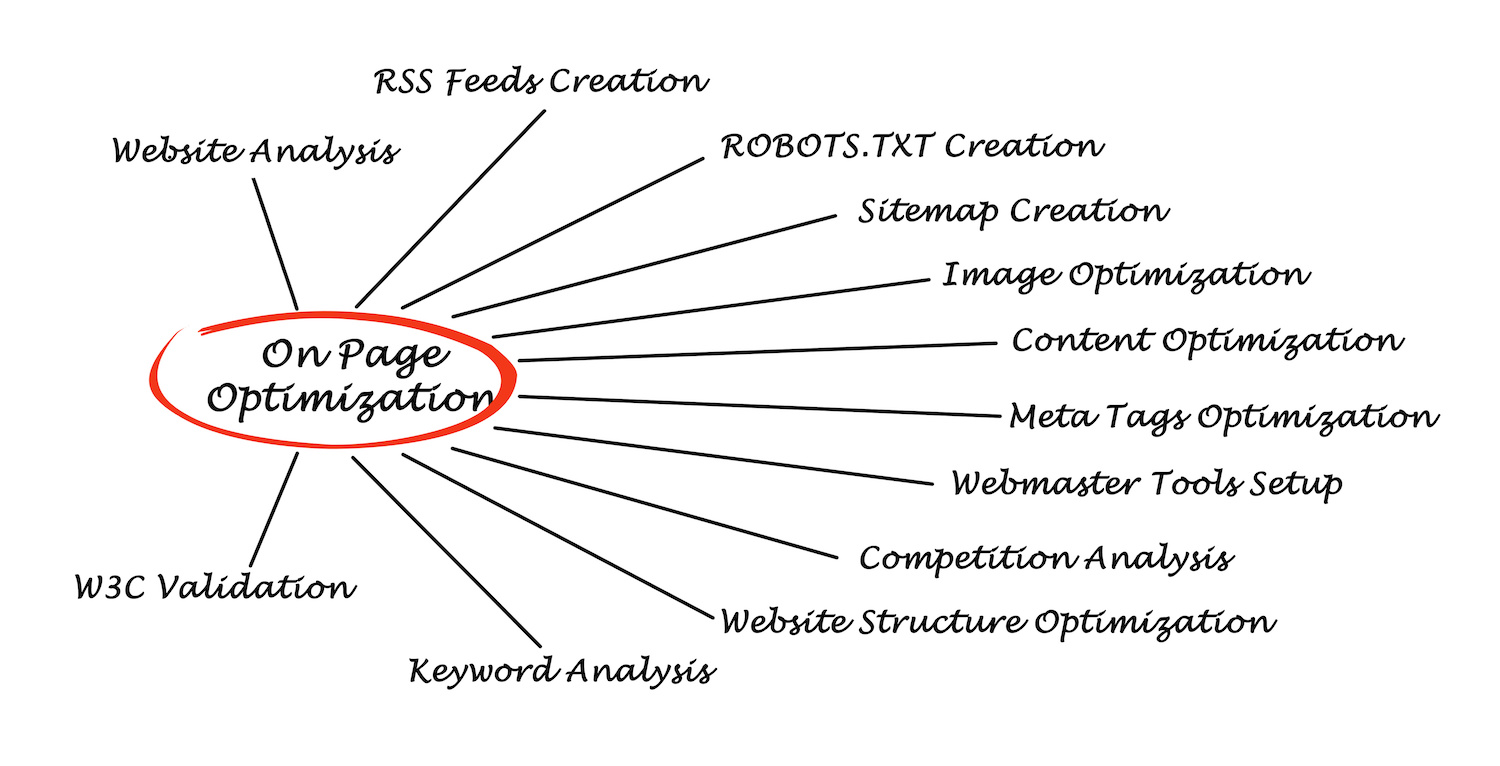Search engine optimization (SEO) is no longer a choice for businesses interested in competing in the online arena. Without optimizing, it’s almost impossible to be found by consumers interested in your goods or services.
Unfortunately, there’s still a pretty big learning curve associated with using SEO. Whether you’re new to the game or you’ve been at it for a while, this field is in constant flux, making it difficult to know which strategies will suit you best.
That said, there are plenty of common mistakes that could seriously set you back when it comes to optimizing your web pages. Here are a few on-page blunders you’ll want to avoid.
1. Forgetting About Meta Data
If you aren’t familiar with meta data, it consists mainly of titles and tags for your pages that are not seen on the pages, but are hidden beneath the text to give search engines cataloguing information about the content of your pages.
This data is important for ensuring that your pages are properly indexed and ranked so that interested parties can find you and you don’t end up misleading people who are looking for something else. The biggest mistakes businesses make with titles and tags is foregoing them altogether, although failing to optimize with appropriate keywords could be equally damaging.
2. Broken Links
What happens when your pages feature broken or inaccurate links? Visitors can’t reach the data they’re seeking, they become frustrated, and if you’re unlucky, they simply seek out competitors without even reporting the problem or giving you the opportunity to correct it.
Make sure your links are working properly, link appropriately (not too few or too many links per page), and add descriptive anchor text in content for relevant links.
3. Content Fails
There are plenty of ways to fail when it comes to content, but there are two main things to consider: relevance of content and layout and design. Both can get you in hot water with visitors and search bots.
These days, search bots require a high correlation between search terms and content featured, so you need to make sure they match up. As for layout and design, the cardinal sin is creating content that features only text. Without graphics to break up the page, you’re sure to alienate visitors.
4. Keyword Stuffing
Like “linking schemes”, “keyword stuffing” has become a four-letter word in SEO circles. You want to make sure that keywords are relevant to content, rather than simply stuffing them in anywhere just because they’re trending.
5. Ignoring Analytics
If you’re going to bother to optimize, make sure to follow up with the results of your efforts by using analytics to track traffic, funnels, conversions, pages visited, time spent, and other important metrics that offers clues about which or your efforts are delivering and which are not.

